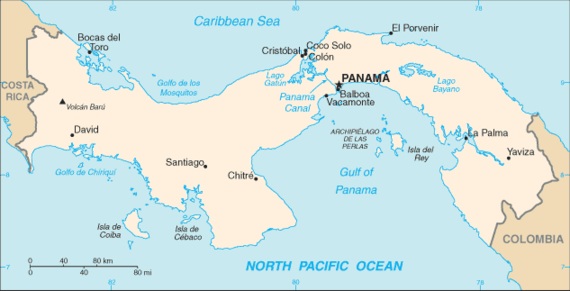HEALTH WATCH: Fruits that suppress cancer cell growth

By Michael Greger MD
RECENTLY, researchers compared the ability of eleven common fruits to suppress cancer cell growth in vitro. Which do you think was most effective—apples, bananas, cranberries, grapefruits, grapes, lemons, oranges, peaches, pears, pineapples, or strawberries?

There are many ways to compare the healthfulness of different foods. For example, if you were interested in antioxidants you might compare vitamin C content. If you compared vitamin C content between our two most popular fruits, apples and bananas, then bananas would appear twice as healthy (10 mg in a banana compared to only 5mg in an apple). But vitamin C is just one of thousands of different phytonutrients in fruits and vegetables. It turns out the vitamin C in apples accounts for less than 1 percent of an apple’s total antioxidant activity.
In my Free 5-min video Which Fruit Fights Cancer Better? I show a graph of the total antioxidant content of a red delicious apple. The amount contributed to the vitamin C is so tiny you can hardly see it. Even though there are only about 5mg of vitamin C in a small apple, it has the antioxidant equivalent of 1500 mg of vitamin C!
I’ve reviewed before how taking that much vitamin C straight in a supplement may actually have apro-oxidant effect and cause DNA damage but you can get three times that antioxidant power eating an apple, without the adverse effects.
Of course there’s more than just vitamin C in bananas too. I was surprised to see a study out of Harvard suggesting that bananas were a significant source of anthocyanins, the red/blue/violet phytonutrients found in berries. Maybe I underestimated bananas? They are, after all, technically berries.
Anthocyanins have been found in blue, purple, orange-red, red-purple, and pink-purple wild bananas, but none in domesticated yellow. In the Harvard researchers’ defense, they just took values from the USDA, and it turns out USDA apparently made a mistake. There are no anthocyanins in store-bought bananas, and despite twice the vitamin C, bananas are beat out by apples in terms of overall antioxidant power. But that’s just measuring the ability of these fruits to quench an oxidation reaction in a test tube. It would be nice to measure actual biological activity.
In the red delicious apple study, researchers also measured the ability of apple extracts, from both peeled and unpeeled apples, to suppress the growth of human cancer cells growing in a petri dish compared to control. Wouldn’t it be great to be able to compare that kind of superpower between different fruits? Well, now we can!
In my video I also show a graph of cancer cell proliferation versus increasing concentrations of the 11 most common fruits eaten in the United States. If you drip water on these cancer cells as a control, nothing happens. They start out powering away at 100 percent growth and they keep powering away at 100 percent growth. And pineapples, pears, and oranges don’t do much better.
Peaches start pulling away from the pack. At high peach concentrations, cancer cell proliferation drops about 10 percent, but bananas and grapefruits appear to work four times better, dropping cancer growth rates by about 40 percent. Red grapes, strawberries and apples do even better, cutting cancer cell growth up to half at only half the dose, but the two fruits that won, causing a dramatic drop in cancer proliferation at just tiny doses, were lemons and cranberries. So if you look at the effective dose required to suppress liver cancer cell proliferation, apples are more powerful than bananas, but cranberries win the day. And there was no effective dose listed for orange, pear, and pineapple since they didn’t appear to affect the cancer cell growth at all.
Dr Greger’s free videos can be accessed at NutritionFacts.org





